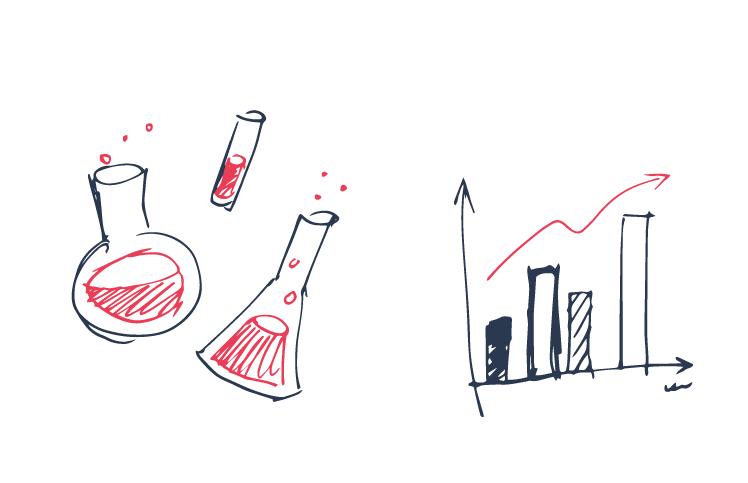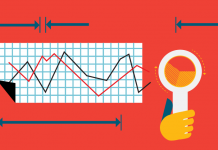
Humans learn things in a variety of ways that span the range from formal to accidental. School is a formal way to learn. There are informal occasions for learning that arise from our daily lives. And then there is learning that we acquire through trial and error. We try something on purpose and see how it turns out. This is the essence of the experimental method and it is responsible for the incredible progress humankind has achieved in the last 200 years. Nearly everything worth knowing emerged from scientific experimentation.
Considering that, isn’t it odd (even worrying) that contact centers don’t seem inclined to “test and learn”? When was the last time your contact center tried something different or new and applied some scientific rigor to the experiment? For most organizations, I suspect the answer is never. Big problem.
It’s not like contact centers don’t have some fundamental questions to resolve. Consider this one: Do we have the correct service level goal in place? It’s almost comical. Ask a room full of contact center managers what their service level goal is and almost invariably you hear 80% of calls answered in 20 seconds. When these managers are asked why their service level goal is what it is, all too often the replies orbit around the notion of “industry standard.”
“Industry standard.” Right! May I have your attention? Moses did not come down from the mountain with a hitherto unknown third tablet upon which were scribed the universal standards for successfully operating a contact center. And yet, selection of the service level goal drives headcount and labor costs. We build our own snake pit with this single choice.
Learning what service level your customers require—not desire—involves experimentation. We need to embrace the “test and learn” approach: Take one action with one group of customers, take a different action with a control group, and then compare the results.
A requirement in a business experiment is a feedback mechanism. There are two types of feedback metrics: behavioral and perceptual. Behavioral metrics measure actions. Perceptual measures indicate what customers think about your actions. This form of feedback is most often obtained via surveys, focus groups and other forms of market research.
A test-and-learn approach to service level goals is pretty straightforward. Most centers have multiple queues. It wouldn’t be terribly difficult to establish a new, different service level goal for one queue and keep the existing goal in place for all the remaining queues. Run the center for some experiment period, say, one to three months. Review the operational reports and keep an eye open for trends and patterns in abandon rate and average handle time for the treatment group and the control group.

Running this experiment also provides us with the opportunity to collect both kinds of feedback metric. Customers provide behavioral feedback with their individual reactions to the length of the queue they find themselves in by either staying on the phone or hanging up. And we can tap into perceptual measures by crafting and executing focused surveys.
I would guess that some, maybe many, managers would be uneasy about experimenting on their customers. My response is to adopt some of the protocols around a drug trial: Most critically that, if you notice during the experiment that bad things are occurring, the experiment is immediately halted. If customer experiment unease remains unacceptably high, so be it. The test-and-learn methodology may be even more valuable when applied to employees. Here’s an anecdotal story.
A large, multilocation contact center organization had in place a relatively high schedule adherence goal of 97%. The WFM team, desiring good relations with the production floor, permitted schedule modifications after the fact to erase adherence violations that were not the fault of the employee and which were approved by the employee’s supervisor. This arrangement began generating a lot of schedule exception entries, requiring more and more of the team’s time.
An experiment was conceived. A subset of employees was given a new schedule adherence goal of 95% together with so-called Power of One training and a new policy on schedule exceptions—no after-the-fact exceptions.
The outcome was remarkable. The treatment group generated no schedule exception demands and achieved a 96% adherence score. The WFM team, relieved of the exception entry burden, was able to accomplish more strategic work and the business saw no appreciable efficiency loss.
It’s likely that running employee experiments could actually be a highly motivating experience for everyone involved. And that’s certainly a good thing in itself.
So, don’t be fossilized. Experiment. Why not?


